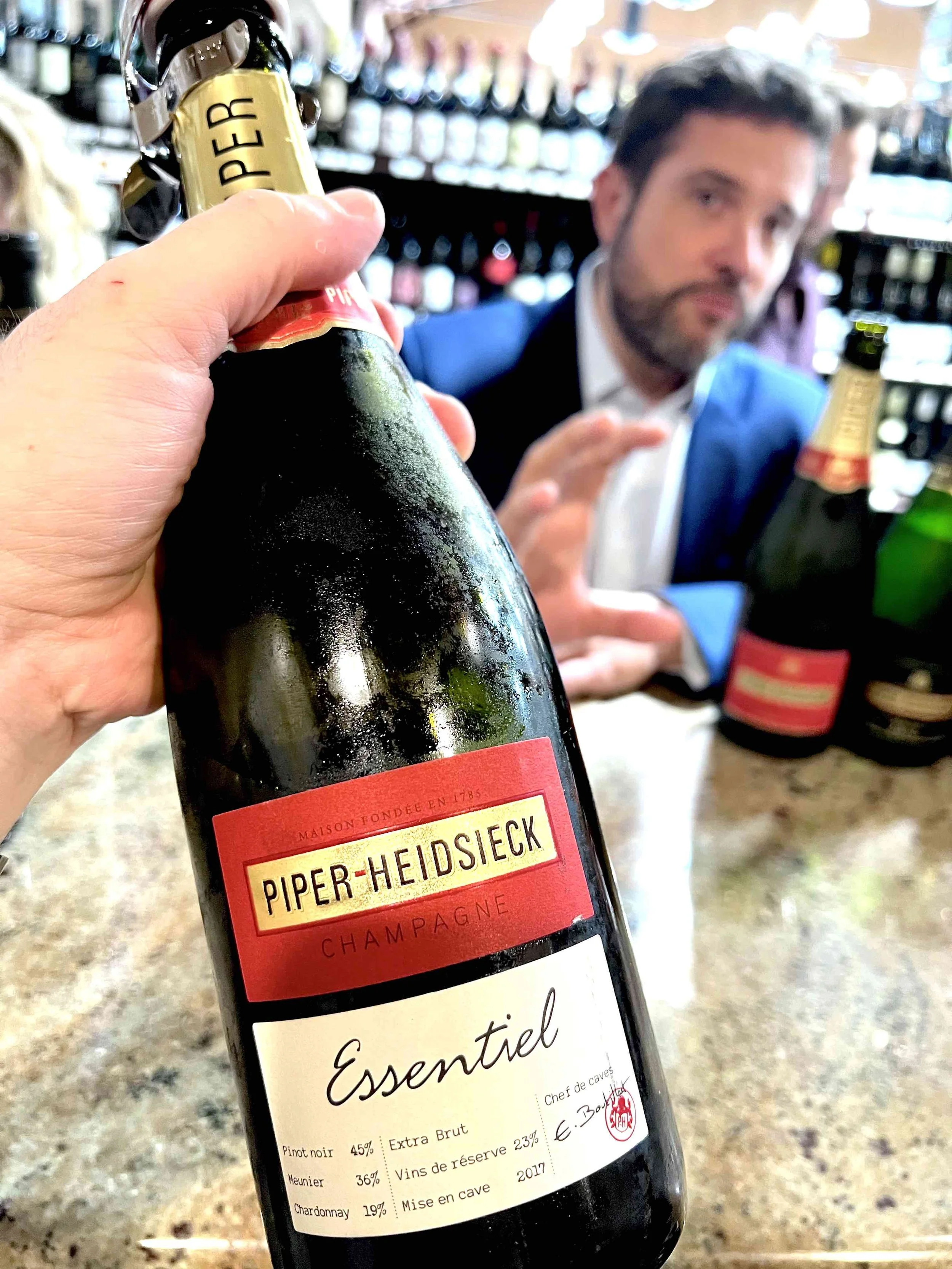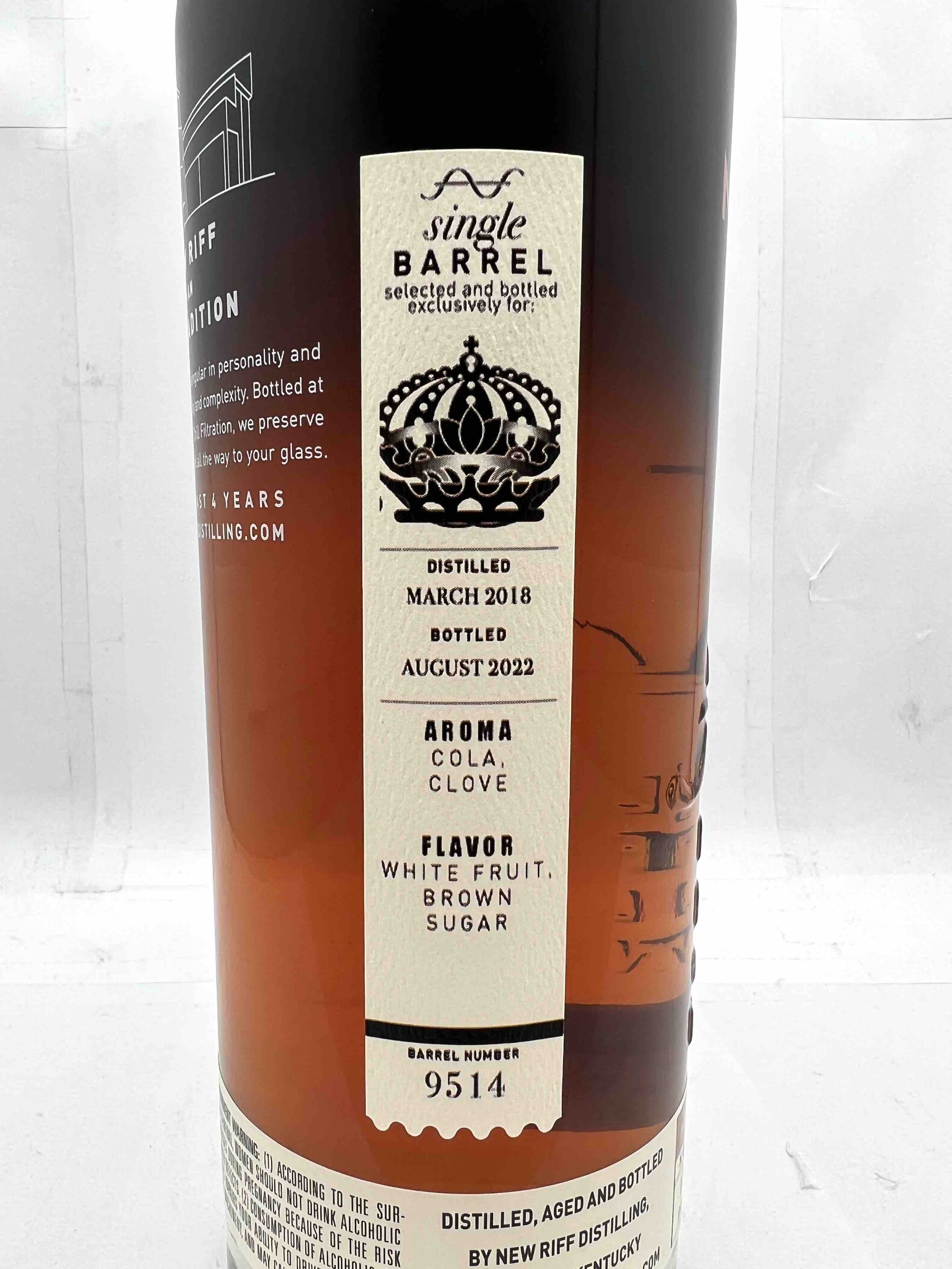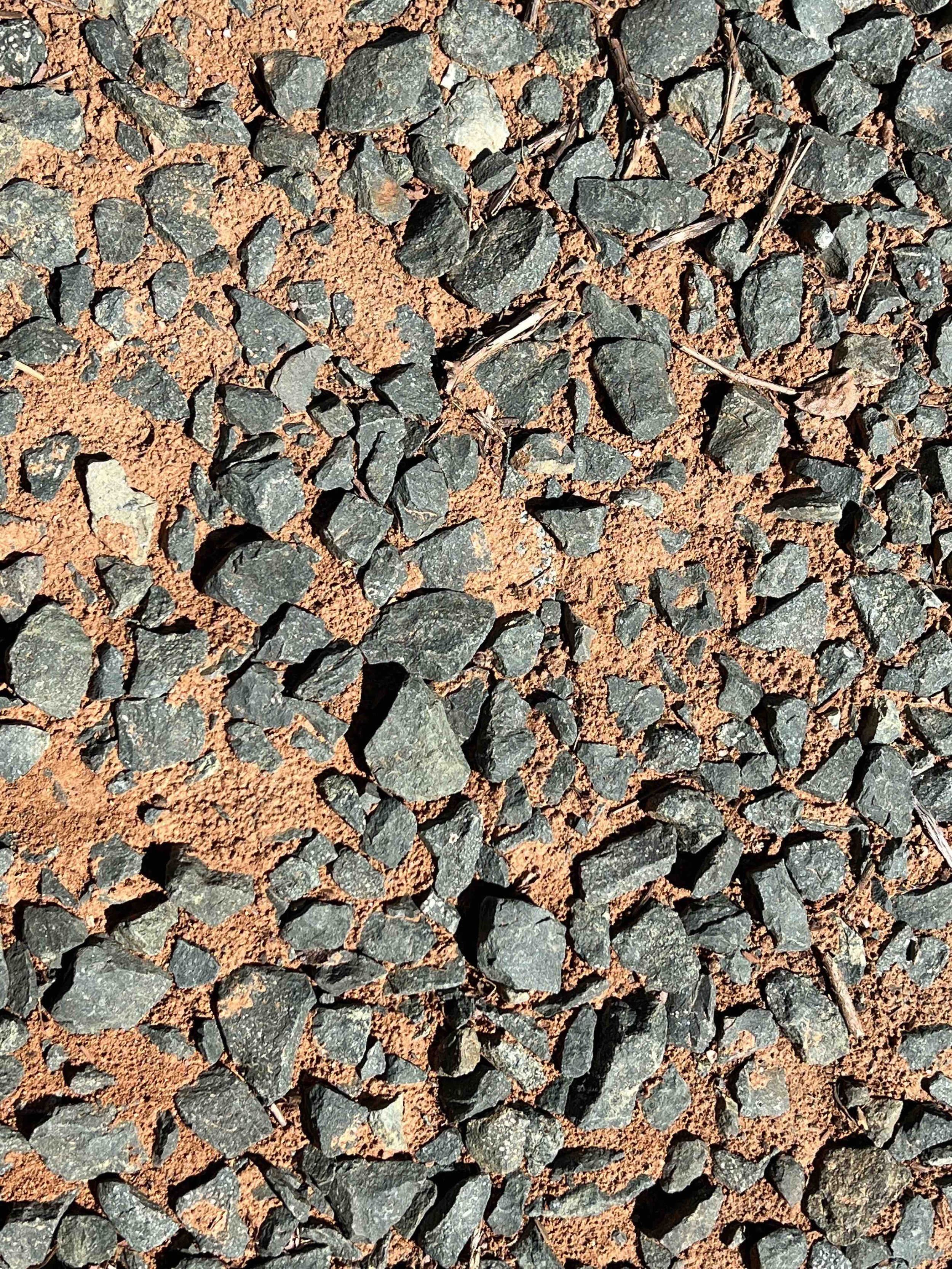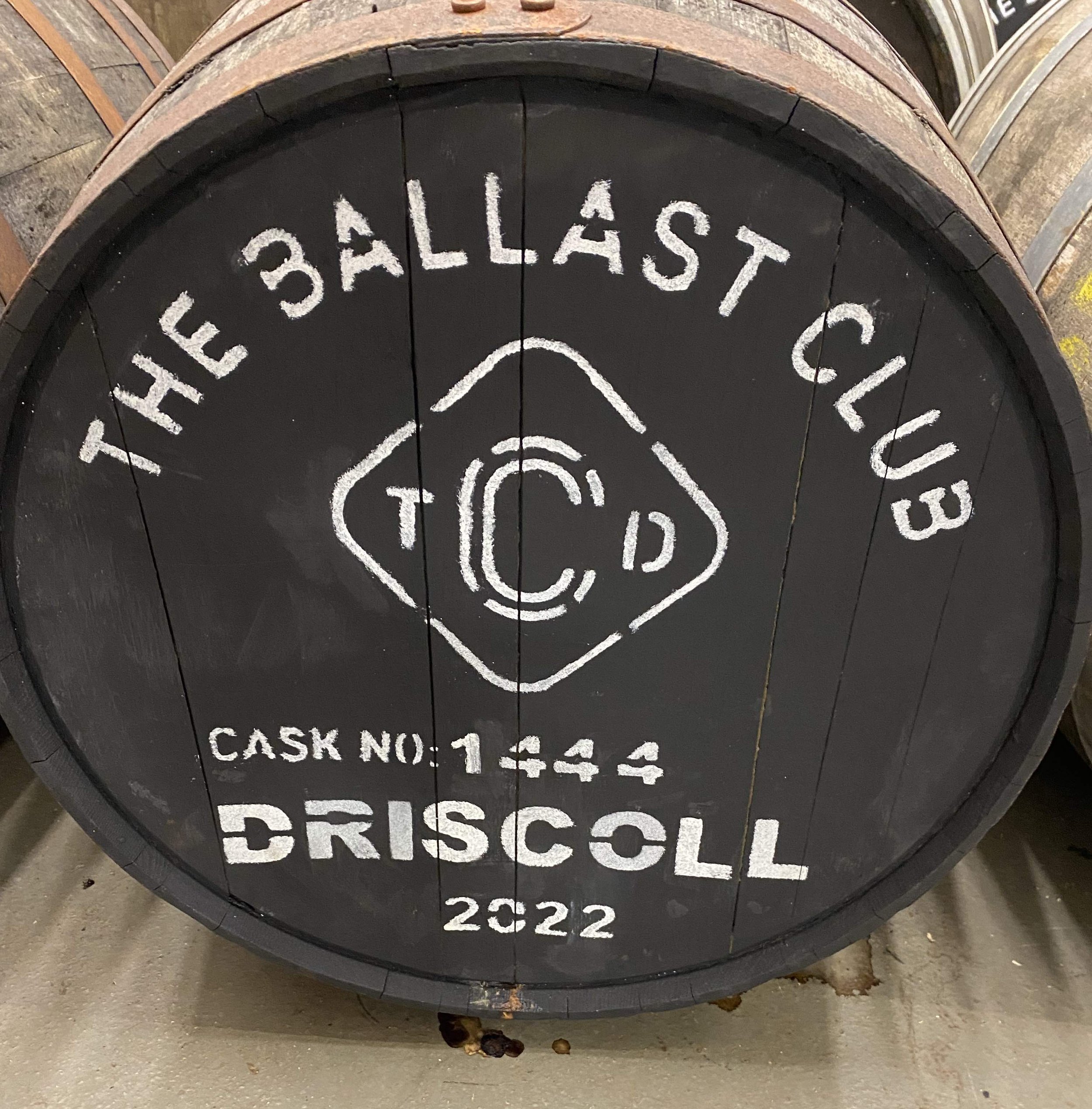For the last ten years or so, I’ve spent a lot of time pursuing various whisky books and websites, looking for new distilleries around the world that may be on the verge, and trying to keep up with the growing market. Flipping through the Whisky Bible a few years back, a Swedish distillery named Mackmrya caught my attention with its 95 point score from Jim Murray, who wrote this about the Svensk Ek flagship malt:
Mackmyra has branched out into whisky matured from oak grown in the south of Sweden. Before I tasted this I was rooting for them. Soon I twigged that this is an avenue they must continue along. It’s brilliant!"
If you’re into the global whisky world like I am, then you’re aware of the worldwide explosion of new craft distilleries that has made it almost impossible for professionals like myself to stay current. Alcohol is like TV streaming right now. There’s so much new content and so many new providers that no single person can watch it all. Whisky has become much the same way. No one human has a liver capable of processing all this booze.
However, when you read about the excitement around a new distillery, you naturally become curious. Hence, I was thrilled when the team from Mackmyra reached out this month and sent over samples of their three core expressions. With the new law that allows for 700ml in America, we’re going to see more and more European distillers coming to market, which is going to be both overwhelming and incredibly intoxicating. This is one I think you’re all going to be very impressed with.
Let’s start with the Svensk Ek.
The first thing to know about Mackmyra is that all their ingredients are sources from within 50 miles of the distillery. Even their peat is local! Swedish Oak as well! In addition, the Svensk Ek uses single malt whiskies matured in American Oak, Ex-Bourbon, and Ex-Oloroso casks, with a marriage that clocks in between 6 - 8 years of age. I sipped on this whisky all weekend and—for the $49.99 price tag—I think you’re all going to really, really enjoy it. Think Aberlour meets Clynelish in terms of style. There’s a lovely sweetness from the Sherry, but the harmony of the flavors is what sells it for me.
This is a bottle I would continue to buy after draining the previous one. I think it might become a Driscoll house staple.
Then there’s the Bjorksav which is finished in Birch sap wine casks. Yes, they make wine from birch sap, put that wine into Swedish oak barrels, and then finish the whisky in those casks. There’s an added sweetness that’s similar to a Sauternes or Madeira finish. I enjoyed it very much.
If you like a bit of smoky peat, then you should grab the Intelligens, which was blended by a computer AI system and consists of two ex-Bourbon casks, one fresh Oloroso barrel, one virgin American oak and one virgin Swedish oak barrel that held a peated malt. I thought this whisky was fantastic.
Overall, you could make the case that one should buy all three whiskies and do them side-by-side. At the price points, one can certainly afford to! I’d say you have to try the Svensk Ek for sure because that’s the showstopper, but the other two aren’t far behind.
Quite a debut for these guys. Color me very impressed.
-David Driscoll












